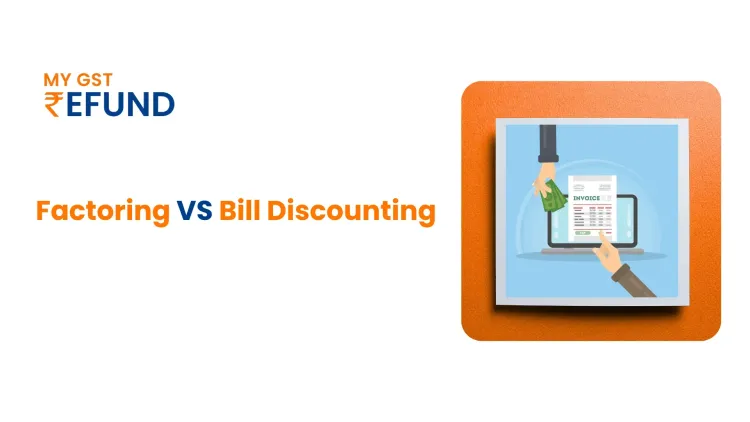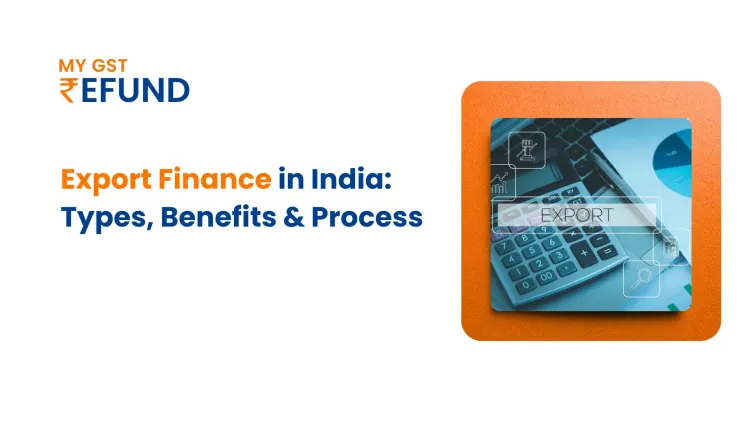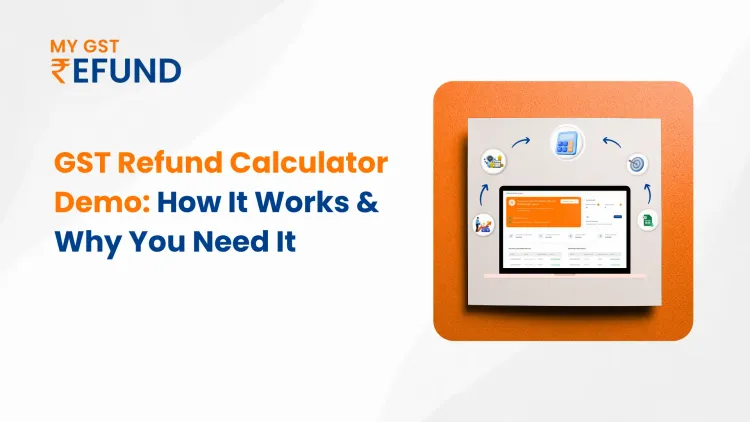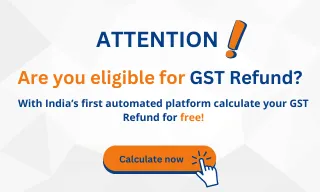Madras High Court Ruling on Refund of Unused Input Tax Credits Due to Inverted Duty Structure
Published on: Mon Apr 17 2023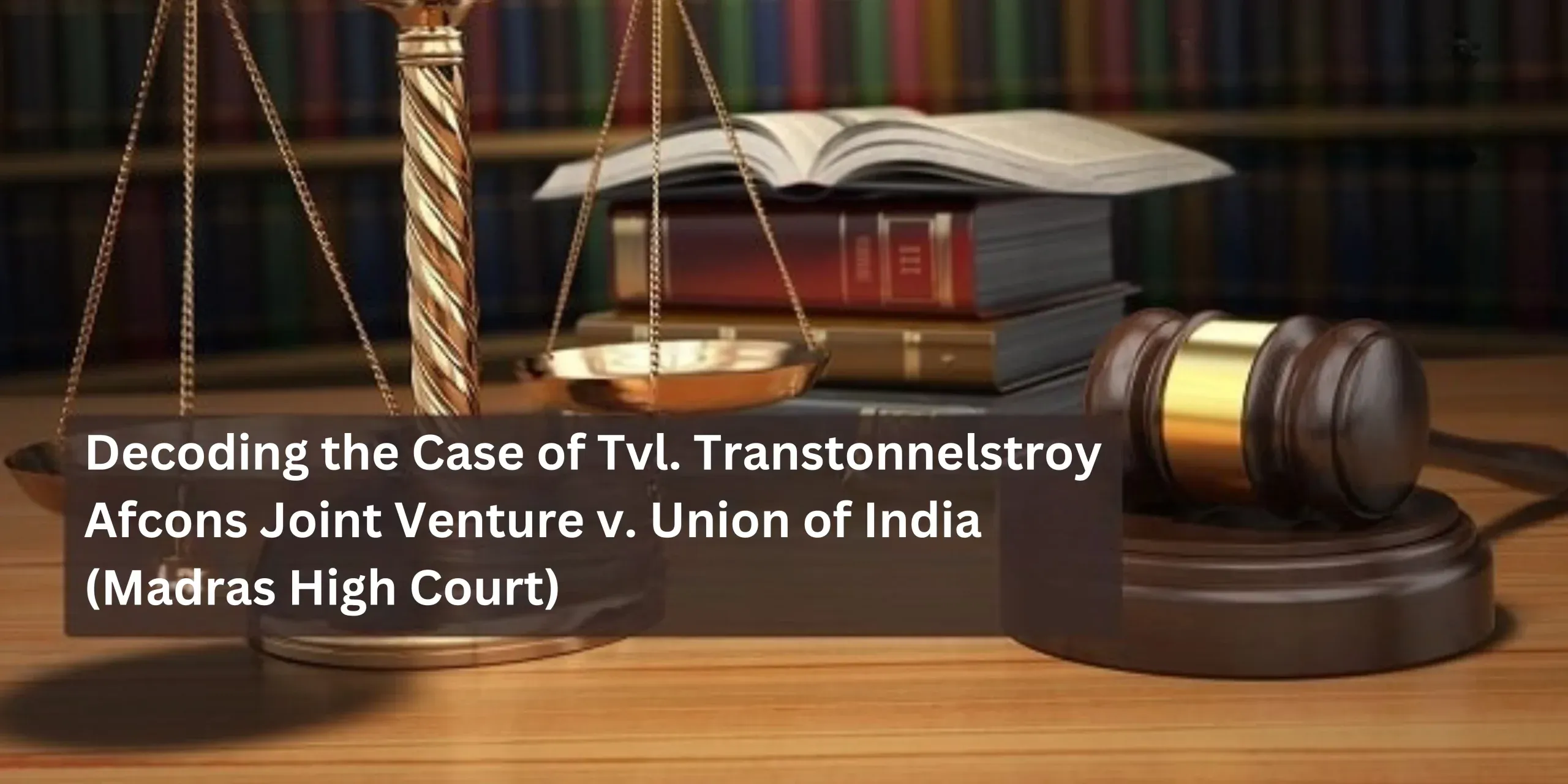
The Madras High Court examined the issue of whether the petitioners are qualified for a refund of all unused ITC (input tax credits) that each of them has accumulated as a consequence of being subject to an inverted duty structure.
Facts in a case
The petitioners were all employed in sectors with higher tax rates on input supplies (goods and/or services) than on output supplies.
As a consequence of the registered person’s inability to fully offset the tax owing on output supply with the available ITC, there was a buildup of unused ITC.
The petitioners claimed that regardless of whether they paid tax at a higher rate than that on output supplies to acquire input goods and/or services, they were nevertheless entitled to a refund of the whole unused ITC.
On the other side, the Union of India and the Tax Department contended that refunds of unused ITC were only acceptable for the sum of credit obtained as a consequence of buying input supplies at a higher rate than was required to pay for output supplies.
Credit accumulation from acquiring input services at a higher tax rate than what was paid on the output supply is likely to be disregarded for refund reasons.
The case in front of the court
What proportion of the petitioners’ exposure to the inverted tariff structure allows them to a refund of any unused items that they have accumulated?
Interpreting the applicable provisions of the laws and regulations
Section 54(3) of the 2017 CGST Act reads as follows:
- A registered person may ask for a refund of any unused input tax credits at the end of each tax period. A tax period is a period during which a return must be submitted. As a consequence, a taxpayer may submit a monthly request for a return of any unused ITC.
- When the credit has increased because the input tax rate is higher than the output supply tax rate, see 54(3) (ii).
- Section 54 has a broad refund provision. Section 54 expressly addresses the refund of unused ITC (3).
- The Supreme Court ruled that a registered person might ask for a refund of any unused ITC under Section 54(3).
- In light of this, HC came to the judgment that Section 54(3)(ii) qualified the enacting law by further limiting the source/type and, therefore, the amount of unused ITC for which reimbursement is permitted.
- As a consequence, the proviso to Section 54(3) went beyond simply listing the two conditions that allow registered persons to be eligible for a refund of unused ITC.
- The restriction on the entitlement to a refund for credits that accumulate when the tax rate on input goods is higher than the tax rate on output supplies was another benefit of the provision.
The unused input tax credit that was given to a registered taxable person during the relevant period is refundable. A formula for calculating refunds resulting from inverted duty structures was provided by the statute that was approved.
The formula is: –
The maximum refund is calculated as follows: Maximum Refund Amount = (Turnover of Inverted Rate Goods Supply) x Net ITC Adjusted Total Turnover – Tax Owed on Such Inverted Rate Goods Supply
Application of the formula: Section 54(3)(ii) of the CGST Act, which makes a distinction between input goods and input services to award a refund, is intended to be implemented by the formula in the aforementioned regulation. The formula cannot be declared unconstitutional for the simple act of executing Section 54(3)(ii) of the CGST Act’s underlying logic after such justification has been established.
- Whether or if Rule 89(5) violated Section 54(3): –
The CGST Act and the authority to adopt rules would be upheld if Rule 89(5) complies with Section 54(3)(ii); otherwise, it would be in breach of both Sections 54(3)(ii) and 164.
Section 164 granted the Central Government the power to make regulations for carrying out the Act’s provisions, subject only to the requirement that the rules fulfill the Act’s purposes.
Two changes were made to Rule 89(5). The updated Rule 89(5) defined “Net ITC” as ITC earned on “inputs” throughout the eligible period.
The benefit of a refund was extended to the credit that accumulates when the tax rate on “inputs” and “input services” is higher than the tax rate on output supplies by the unchanged Rule 89(5), which went beyond what was permitted under Section 54(3)(ii).
Rule 89(5) as altered was thus against the general power to adopt regulations and Section 54(3).
Latin’s intra vires mean “inside the limits of” a power.
“Ultra vires” is the legal phrase for a legal authorization-required activity that is carried out without it. Illegal laws are referred to as “ultra vires.”
Comments
The Gujarat High Court’s approach was not adopted by the Madras High Court in its decision in the Tvl. Transtonnel story Afcons Joint Venture case. It said that the proviso to Section 54(3) and, more crucially, its implications, do not seem to have been considered in the VKC Footsteps case, except for a brief remark.
Section 54(3)(ii) does not contradict Article 14 (right to equality). The Madras High Court ruled that it was a legitimate classification and use of legislative power to limit the benefit of refund to the unutilized credit that builds up as a result of the rate of tax on input goods being higher than the rate of tax on output supplies by excluding the unutilized input tax credit that accumulated on account of input services. Refund is a statutory right.
The Madras High Court dismissed the petitioner’s justifications for constitutional validity and found that the relevant sections adhered to the parent law. The petitioner had filed an SLP before the Supreme Court challenging the aforementioned Madras High Court decision. After approving the SLP provided by the petitioner, the SC informed the revenue. Furthermore, it is forbidden to use forceful methods.
The GST’s inverted duty scheme under Section 54 does not contravene Article 14.
A duty structure that is inverted means that the tax on inputs is higher than the tax on outputs.
Mr. A, for instance, works for a manufacturer of air conditioners. He pays Rs 1,000,000 in GST for the essential commodities he buys at an 18% discount. The finished product (an air conditioner), which has undergone manufacture, is sold. The same is subject to a 12% plus Rs 80,000 tax. Mr. A is paying more GST on the input materials compared to the GST that is owed on the completed product. In this case, there is an inverted duty structure.
To Read Our Detailed Blog on GST- Goods and Services Tax Click Here…
Conclusion
- Section 54(3) does not infringe on Article 14. (ii).
- Refunds are legal rights, and it is a legitimate classification and use of legislative power to restrict the benefit of refund to the unused credit that builds up as a result of the rate of tax on input goods being higher than the rate of tax on output supplies by excluding unused input tax credit that accumulated as a result of input services.
- The interpretive method of reading down is not required to maintain the constitutionality of Section 54(3). (ii).
- The amount of a refund claim for an unutilized credit that only accrues because the tax rate on input goods is higher than the tax rate on output supplies is limited by Section 54(3)(ii). In other words, by putting a source-based constraint on that eligibility, it qualifies and restricts the class of registered persons who are entitled to a refund as well as the amount of that return.
- Therefore, Rule 89(5) of the CGST Rules, as amended, is compatible with Section 54(3). (ii). Therefore, it is not necessary to read Rule 89(5), specifically the definition of Net ITC therein, to incorporate the phrase “input services.”
- Rejects the challenge to the aforementioned restrictions, which barred an assessee facing an IDS from receiving a refund of ITC on input services; In his argument before the HC, the petitioner claimed that Rule 89(5) violates Section 54 because it distinguishes between two assessees in a way that is neither comprehensible nor related to the goal of the law.
Are you Looking for GST Refund Service? Mygstrefund.com offers GST refunds on business, exports, and many more if your GST application is rejected. Get in touch with us today.
Related Posts



